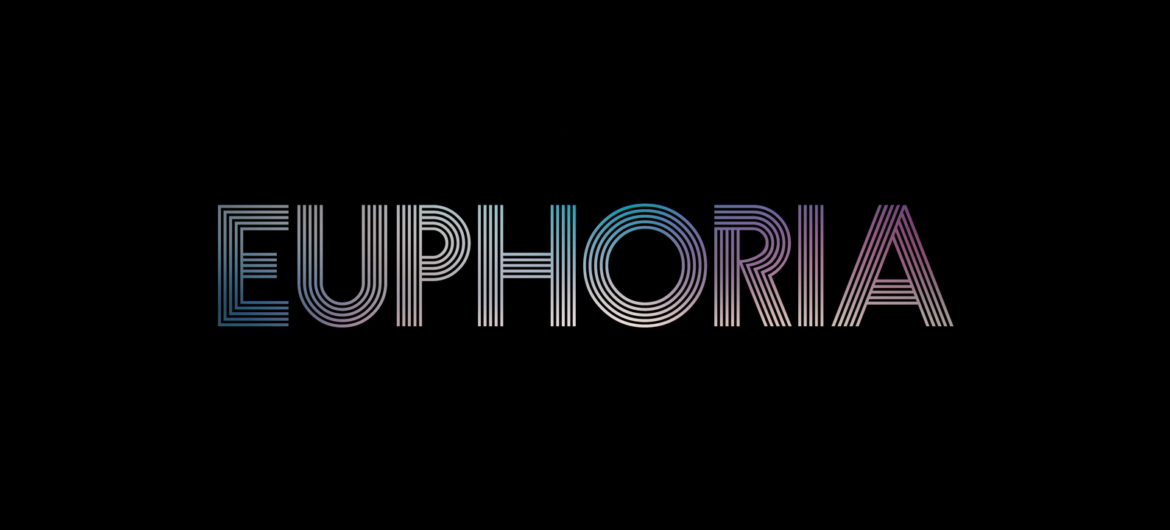Words by Emma Norris
Trigger warning: mention of drugs, rape/abuse and mental illness
The release of series two of Euphoria, timed alongside the finishing of my assessment period, led to a nostalgic bingeing of its 2019 premiere; an American teen drama that follows the electric, colourful, explosive life of its protagonists, as they all suffer through the trials and tribulations of contemporary adolescence.
The show is dazzling, painful and cripplingly unrealistic, the perfect encapsulation of teenage angst and the highs and lows of growing up, of navigating life, love, drugs and the ‘adult’ world. The show’s portrayal of adolescence is extreme; angst turns to drug addiction, first experiences of love turn to scenes of abuse and rape, the drama of childhood morphing into debilitating mental illness.
What makes the show so special, giving it binge-worthy status and offering an odd feeling of comfort to its viewers, is to see a portrayal of teenage angst that is not pretty, glorified or glamorous. Protagonist Rue, played by Zendaya, breaks through to the core of childhood pain, battling a devastating addiction whilst simultaneously falling in love with her best friend.
Every aspect of youthful angst is mirrored, the show’s relatability in its characters’ interactions feeling, at times, hauntingly accurate. This angst, placed against the setting of darkened school corridors, the flashing lights of carnivals and house parties, the softened glow of first love, feels almost dizzying, fully submerging the viewer into the heart and soul of its characters.
This series, of course, holds an uncanny similarity to British naughties classic Skins, a drama following the lives of teens growing up in Bristol in the early 2000s. Despite the Skins realm being very different to that of Euphoria, the two shows mirror each other in their portrayal of sex, drugs, mental illness and the, at times horrifying, reality of being a teenager in the 21st century.
The show opens up a new feeling of relatability, mirroring the lives of its viewers through its setting, costuming and language, whilst also showing adolescence at its most extreme and raw. Watching it as a thirteen-year-old offered a sickening sense of admiration for its protagonists, a strange desire to approach secondary school with a similar sense of angst, to drink and smoke and love and rebel in the way that they all were. This desire was undoubtedly unhealthy, the series covering incredibly graphic and triggering topics, debatably in a glamorised manner, but simultaneously, the show provided a sense of comfort for me as I settled into teenage life; serving as a striking display of life at its most cruel and most terrifying whilst importantly opening a narrative in which young people were treated like adults and not children.
To binge the series now, being in my 20s, serves as a lasting reminder, an encapsulation, of the feeling of teenage angst, of first rebellions, first kisses, of trying to feel like an adult in a society that often felt painfully patronising. Of course, the series was far from a typical narration of teenage life but still, shows such as Skins and Euphoria offer viewers a sense of comfort and nostalgia that few have been able to achieve.
Euphoria Series 2 is currently streaming on Sky Atlantic and HBO.



